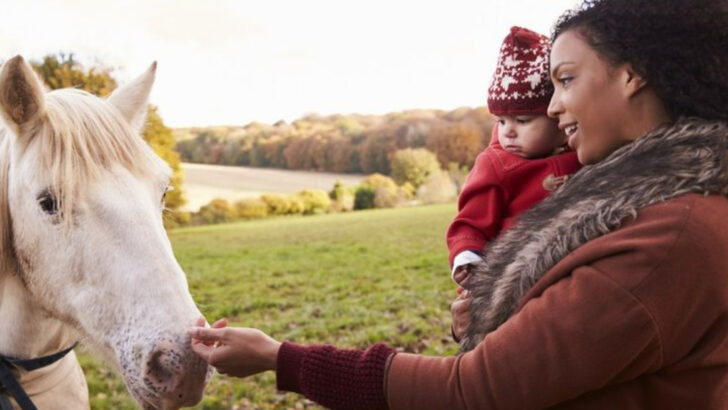Respect a horse wrong, and it’ll never forget.
These majestic, 1,000-pound powerhouses are kind, smart, and deeply emotional—but they’re not mind-readers. And they won’t just “get used to you” if you’re barging into their space like a clueless tornado.
Horses live by quiet signals, mutual trust, and unspoken rules that most humans don’t even know exist. Break them, and you’ll earn side-eyes, pinned ears, or worse—total disconnection.
This isn’t just about riding well. It’s about showing up the right way, on the ground and in the saddle. The kind of respect that makes a horse choose you, not just tolerate you. Ready to learn the rules they wish you knew?
The Language of Ears
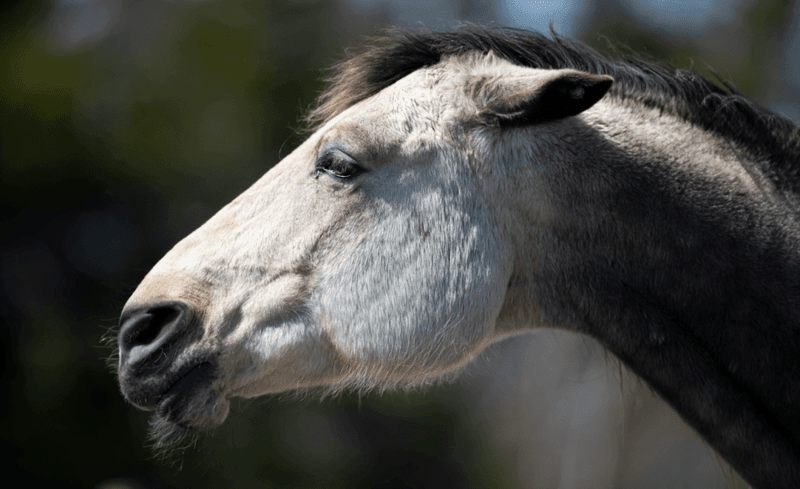
A horse’s ears can tell you a lot about what it’s thinking. These mobile communicators swivel and turn, showing interest and alertness or signaling distress and discomfort. Observing their direction gives you invaluable insight into a horse’s mood.
By becoming attuned to these signals, you can better respond to your horse’s needs. For instance, forward-facing ears often indicate curiosity, while pinned-back ears might suggest fear or aggression.
This silent dialogue can build trust, as the horse understands that you’re attentive and responsive to its subtle cues.
Respecting Personal Space
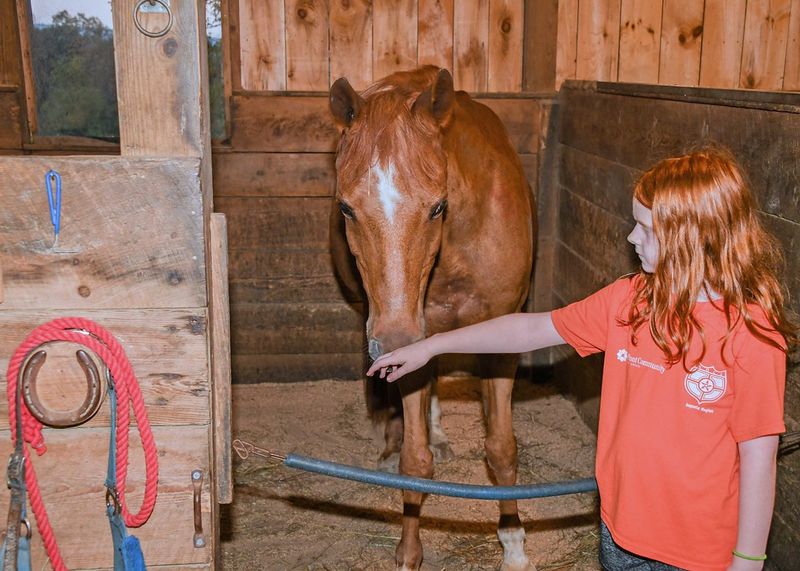
Respect for personal space is key to a strong relationship. Horses, like people, need room to feel secure and comfortable.
Approaching a horse slowly, allowing it to sniff and observe, can ease any tension. Respecting its boundaries shows that you acknowledge its comfort zone.
This mutual respect fosters a safe environment, encouraging the horse to trust your intentions and actions. It’s about finding that delicate balance of closeness and distance that both you and your horse can appreciate.
Sharing Calm Energy

Horses are highly sensitive to emotions, easily picking up on your moods. Sharing calm energy can be particularly soothing to your equine friend.
When you’re calm, it helps the horse feel at ease, too. By maintaining a relaxed demeanor, you build an atmosphere of peace and trust.
This mutual calmness is especially important in stressful situations, reinforcing the bond and showing the horse that you are a dependable presence.
The Importance of Routine
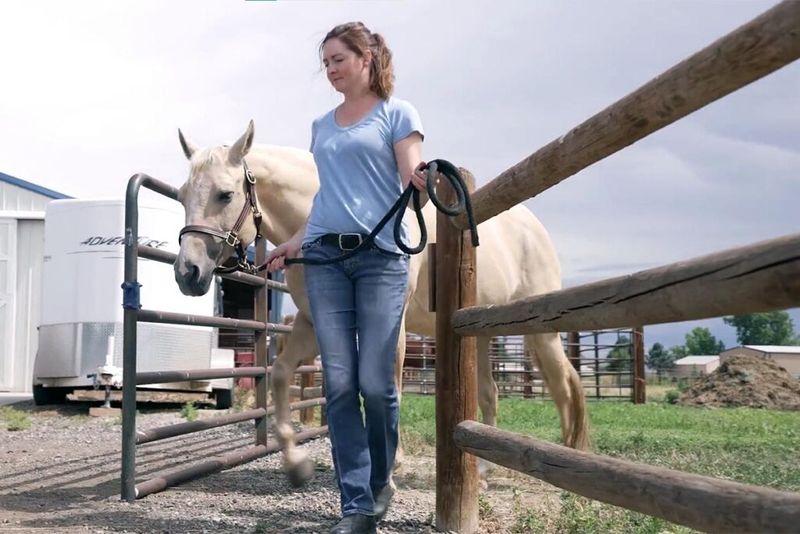
Routine is comforting for horses. Predictability in feeding, grooming, and riding establishes a stable environment that horses can rely on.
Maintaining consistent routines helps horses feel secure and understand what’s expected of them.
This regularity not only strengthens the horse’s trust but also enhances its willingness to cooperate. A structured routine can make interactions smoother, fostering a deeper connection between horse and handler.
Gentle Handling Techniques
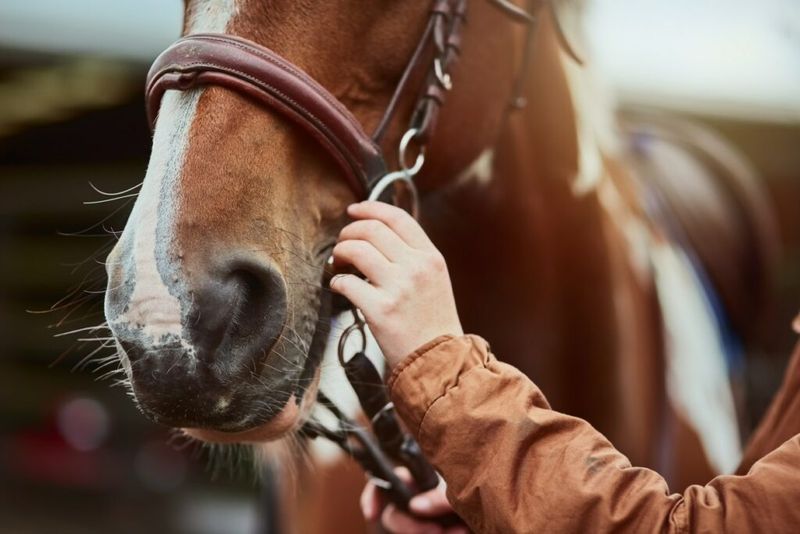
Gentle handling is the cornerstone of building trust. Horses respond positively to soft touches and calm voices.
By using gentle techniques, you show that you mean no harm, which can greatly alleviate a horse’s fears and anxieties.
Over time, this gentle approach lays the groundwork for a strong bond, as the horse associates your presence with safety and kindness.
Understanding Herd Dynamics
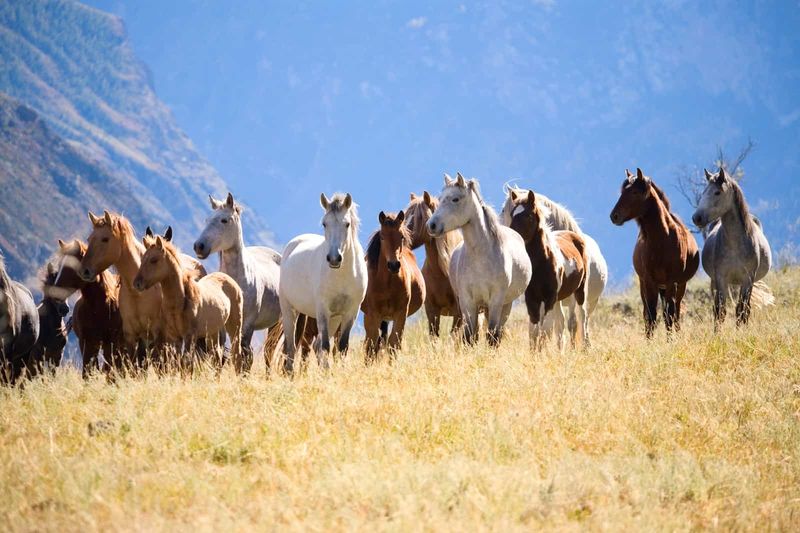
Horses are naturally social creatures with a complex herd hierarchy. Understanding this dynamic is essential for building trust.
Incorporating the horse’s natural behaviors into your interactions respects its social needs. For example, recognizing the lead horse in a group can help you better manage group interactions.
By appreciating these dynamics, you align yourself with the horse’s natural instincts, making it feel more at home and understood.
Listening with Intent

Listening to a horse goes beyond hearing its sounds. It’s about understanding its body language and vocalizations.
Horses communicate their needs and emotions through various means, such as neighs, nickers, and whinnies. By listening with intent, you can respond appropriately to these cues.
This attentive listening strengthens the relationship as the horse feels heard and valued, reinforcing trust and respect.
Rewarding Cooperation
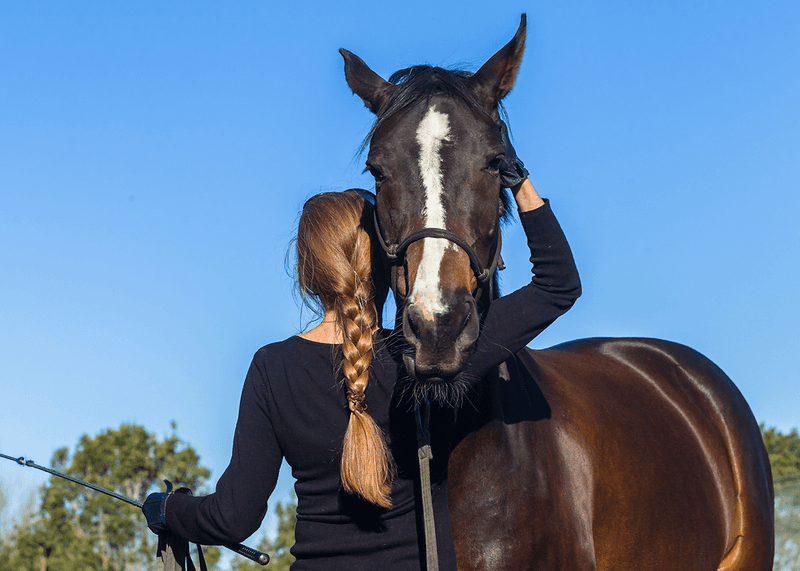
Positive reinforcement is a powerful tool. Rewarding a horse’s cooperation with treats or affection encourages desired behaviors.
This approach focuses on building a positive association with actions you wish to encourage. Whether through a gentle pat or a favorite snack, rewarding cooperation fosters a willingness to learn and engage.
This mutual exchange of appreciation strengthens the bond and demonstrates a fair and respectful partnership.
Healthy Boundaries
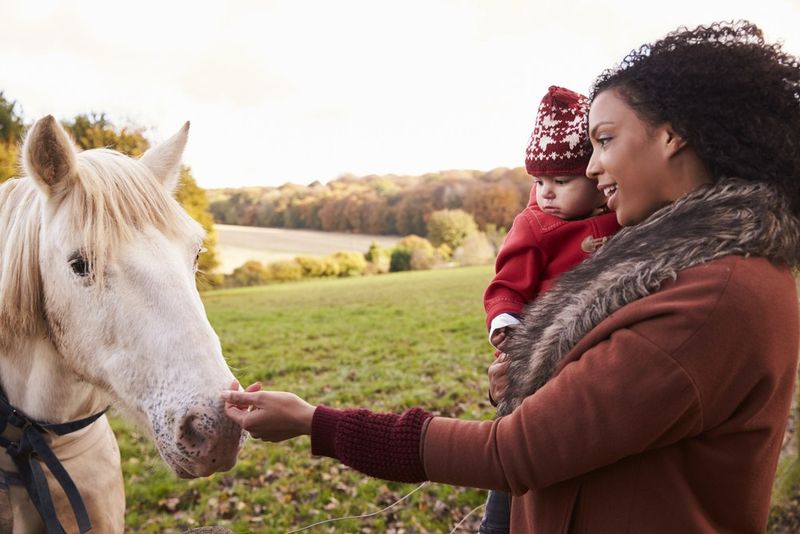
Establishing boundaries is as important as nurturing affection. Healthy boundaries ensure both horse and human understand limits.
This balance prevents misunderstandings and keeps interactions safe and respectful. Knowing when to step back is as crucial as knowing when to step forward.
Such boundaries contribute to a harmonious relationship where both parties feel respected and acknowledged, enhancing mutual trust.
Patience is Key
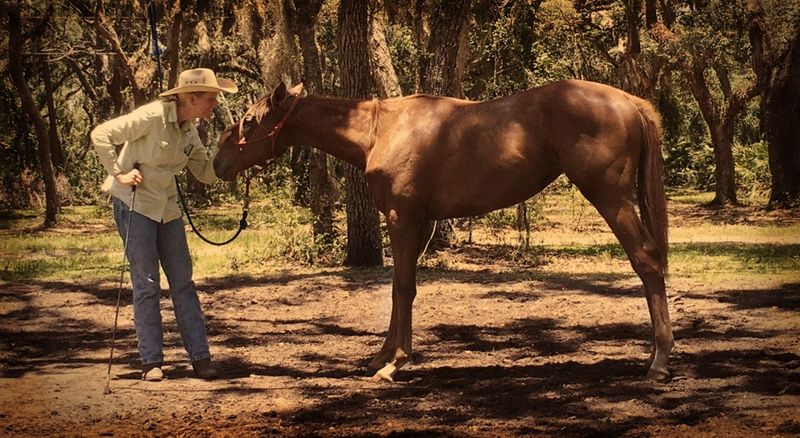
Patience is a virtue that pays dividends in horse-human relationships. Every horse moves at its own pace, and allowing it the time to learn and adapt is vital.
Rushing can lead to stress and setback, while patience invites progress and cooperation. By honoring the horse’s pace, you cultivate a bond built on understanding and empathy.
This patience encourages confidence, showing the horse that you are a reliable and compassionate companion.
Mutual Respect in Training
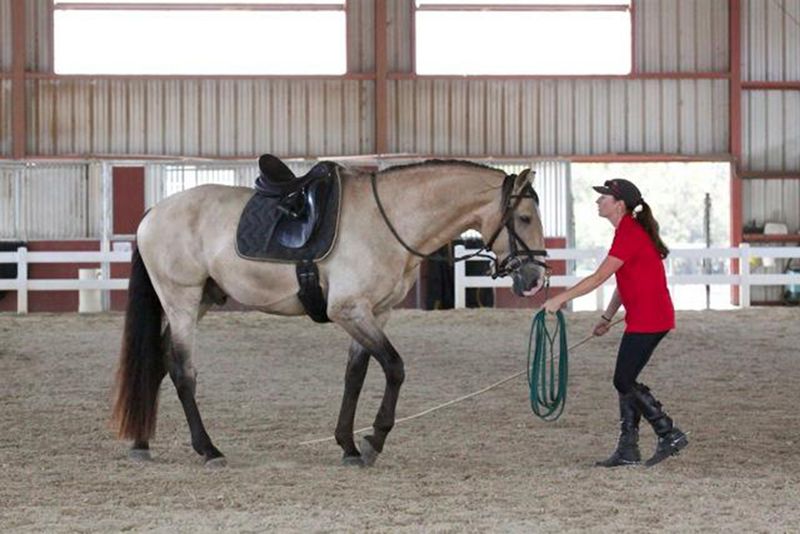
Training is an opportunity to foster mutual respect. It’s about communication, patience, and understanding each other’s limits.
A respectful approach during training ensures that the horse enjoys the process and feels motivated to participate.
This respectful training nurtures a harmonious partnership, encouraging both horse and human to grow together in their skills and trust.
Celebrating Achievements Together
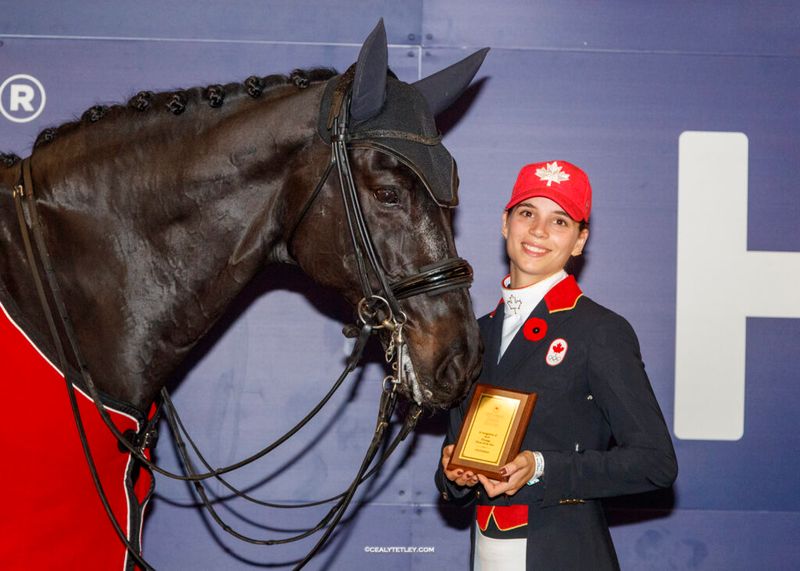
Celebrating milestones, no matter how small, enriches the bond between horse and human. Acknowledging achievements, whether it’s a new skill or a confident step, reinforces the connection.
This shared joy strengthens the relationship, making both parties eager for future endeavors.
Celebrating together transforms challenges into triumphs and solidifies the sense of teamwork and camaraderie. It’s a reminder that every step forward is a shared journey.

